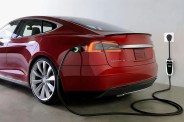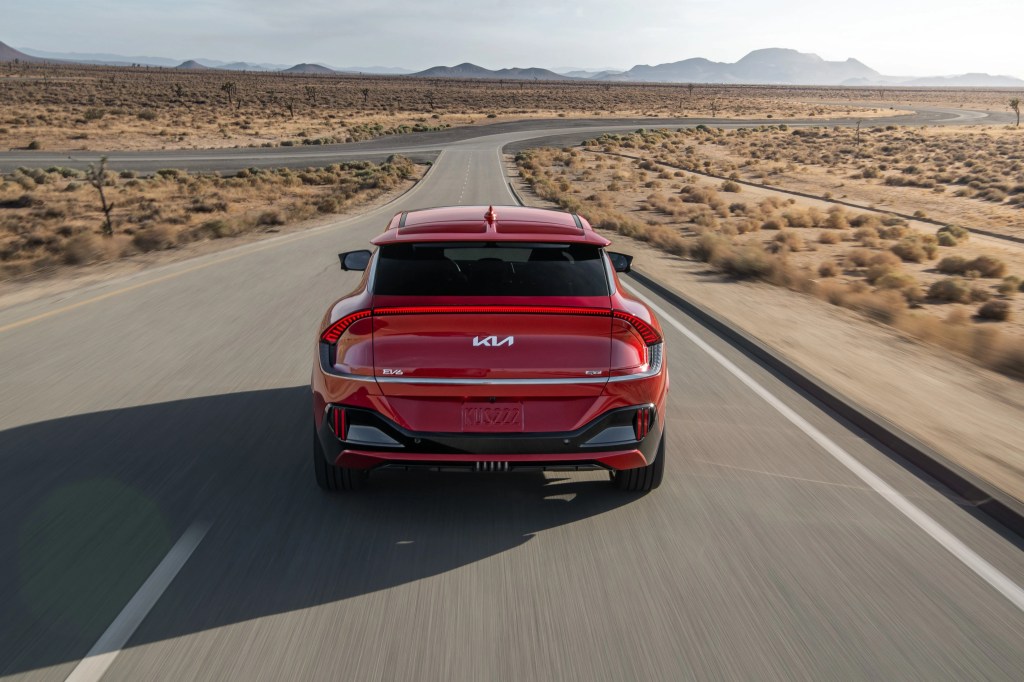Generally speaking, electric vehicles come in two flavors: single-motor and dual-motor.
Dual-motor EVs are more popular. They feature all-wheel-drive and come with more power, more torque and often some straight-line speed numbers that are seriously spellbinding.
By comparison, the less potent single-motor variations can seem downright pedestrian, but don’t be fooled. They may be the better overall option for most people. Here is why.
Combustion or not, you can use only so much power on public roads
No matter how fast you’d like to go (or how fast the manufacturer says you can go), there’s only so much power you can deploy safely (and legally) on public roads. How much difference will that extra 34 horsepower from the Polestar 2 Performance Pack bumping it to 455 hp make? Most owners will never discover that in everyday driving.
The single-motor EV may have all the torque most drivers will ever use.
The single-motor EV may have all the torque most drivers will ever use. And with immediate torque delivery from the electric powertrain, it will feel pretty quick. The mammoth amount of torque some dual-motor EVs provide will be less fun and more managing acceleration that can be downright alarming to drivers themselves, other motorists and pedestrians.










